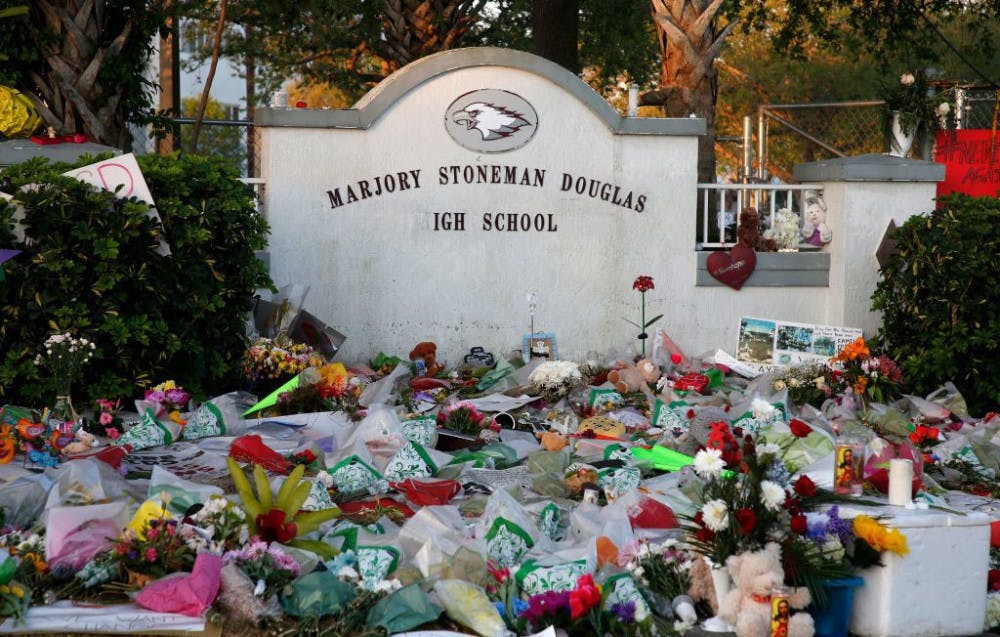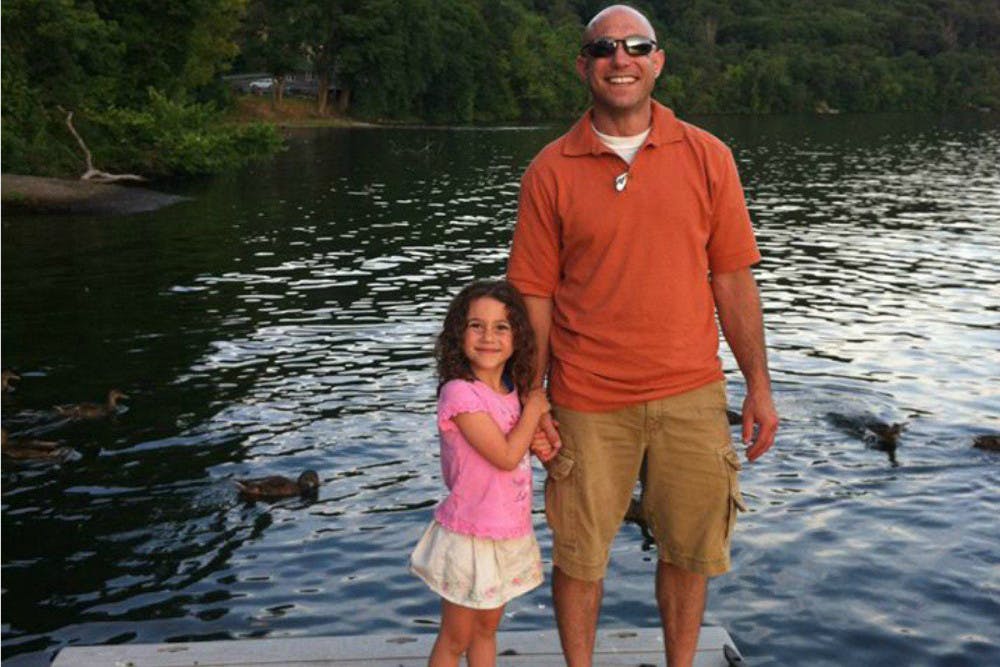
On Feb. 14, 2018, a mass shooting at Marjory Stoneman Douglas High School in Parkland, Florida took the lives of 17 people - since then, two survivors of the shooting have committed suicide.
Editor's Note: The opinions expressed in this commentary are solely those of the author.
The mass shooting that occurred at Marjory Stoneman Douglas High School in Parkland, Florida took the lives of 17 students and staff members. Since then, the Parkland community has become the pinnacle of the nation’s focus toward the risk of violent and, most recently, suicidal acts and behaviors.
Within a week, two survivors of the Parkland high school shooting, Sydney Aiello and Calvin Desir, and the father of one of the 26 victims in the 2012 Sandy Hook Elementary School massacre, Jeremy Richman, committed suicide.
In 2015, Sage Journals conducted a research study and reported, “the survivors and community members affected by violence showed signs of post-traumatic stress disorder and depression, two prime risk factors for suicide. Those with the closest proximity to a shooting—a survivor or a family member who lost a loved one—are at greater risk for persistent, long-term mental health issues.”
According to CNN, Aiello suffered from survivor's guilt and was also diagnosed with post-traumatic stress disorder (PTSD).

According to her mother, Sydney Aiello had survivor's guilt and post-traumatic stress disorder (PTSD) after the Parkland shooting on Feb. 14, 2018.
In addition, on behalf of Richman, the Avielle Foundation that Richman co-founded, stated, "Jeremy's mission will be carried on by the many who love him, including many who share the heartache and trauma that he has suffered since December 14, 2012.”
In memory of his daughter, Avielle, the organization aims to promote violence prevention through community engagement and intense research.

Jeremy Richman, co-founder of the Avielle foundation in honor of his daughter Avielle who was killed in the 2012 Sandy Hook Elementary School shooting, committed suicide after spending seven years doing research on the brain to further understand what makes someone do violent things.
Despite these appalling and inhumane acts of violence, this has evidently created a domino effect of self-inflicted pain and these turns of events have ricocheted into a viral discussion on suicide and mental health.
Primarily described as a mental health epidemic, suicide over time has developed into a public health issue that’s frankly become the likely outcome of most Americans today. Though this realization is difficult to come to terms with, the Centers for Disease Control and Prevention (CDC) alluded to the fact that the deaths of many Americans are more so at the fault of their own hands, and unfortunately, have been since the late 1990s.
In 2017, there was an increase of deaths by suicide with 47,173 Americans taking their lives compared to 41,149 Americans in 2013 according to the American Foundation for Suicide Prevention.


Suicide is currently the tenth leading cause of death for all ages but has been ranked the second leading cause of death for ages 10 to 34, which is frightening. As these rates are consistently growing and primarily affecting the youth, people need to be reminded that it is okay not to be okay and not seeking the right kind of help is damaging.
In this day in age where mass shootings are normalized, suicide is turning into the same thing. It seems as though the well being of myself and others is tested as people are taking matters into their own hands with no actual regard for their actions.
Based on the frequency, these behaviors and intentional actions should not be dismissed but should be brought to the forefront with an in-depth conversation.
Therefore, living among this close-knit community of Longwood University, the university is aimed to prevent suicidal acts and behaviors one by one. In doing so, the university has decided to partner with the American Foundation for Suicide Prevention to hold a Suicide Prevention Walk this Saturday, March 30 at 10:00 a.m.
In terms of accessible services, the university also provides confidential Counseling and Psychological Services (CAPS), aimed to improve the personal growth and development of the campus community. For those seeking an inclusive group, the university offers the Advocacy, Communication, Transition (A.C.T.) group. A.C.T. is a supportive safe space for students to openly share concerns and issues they may have.









